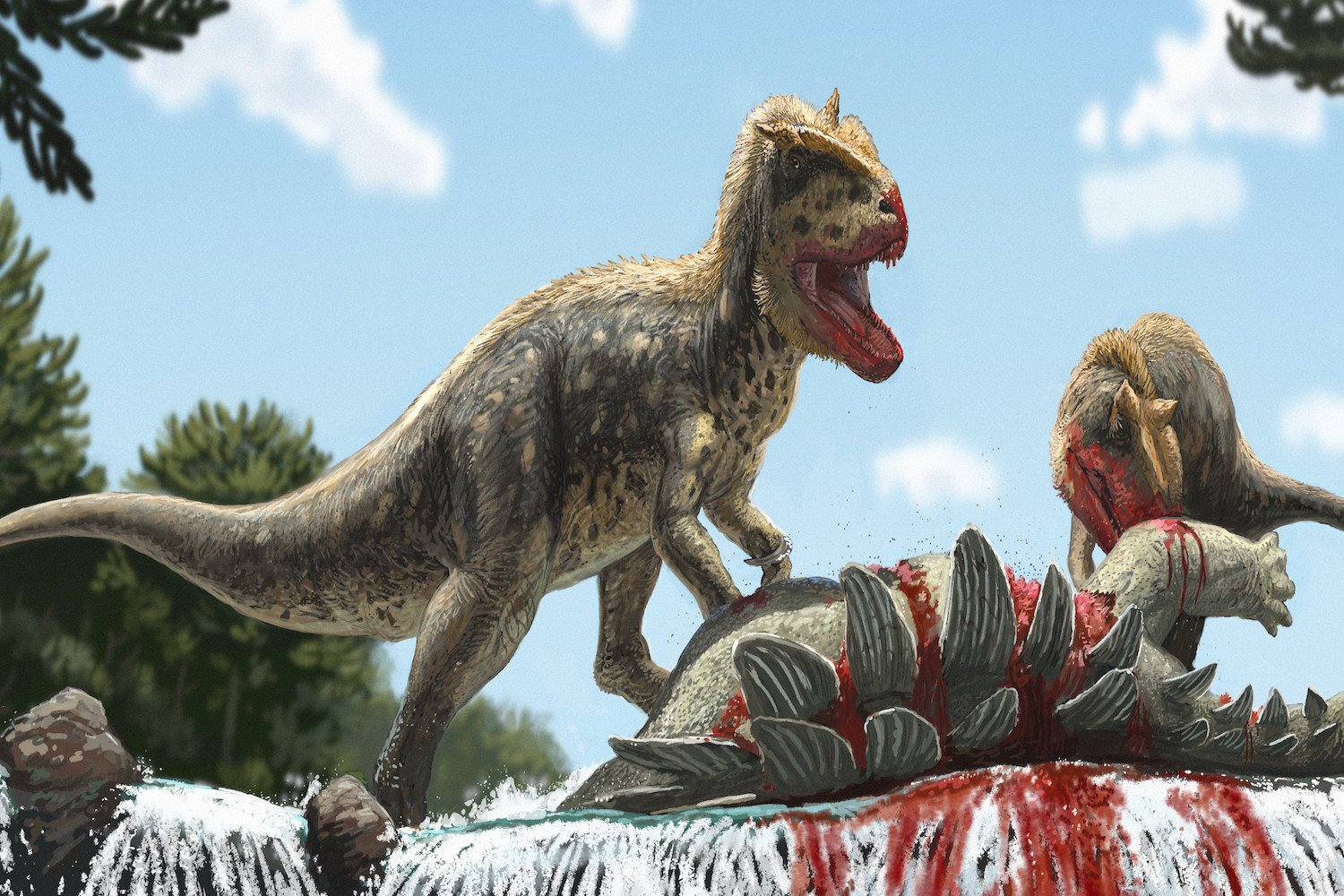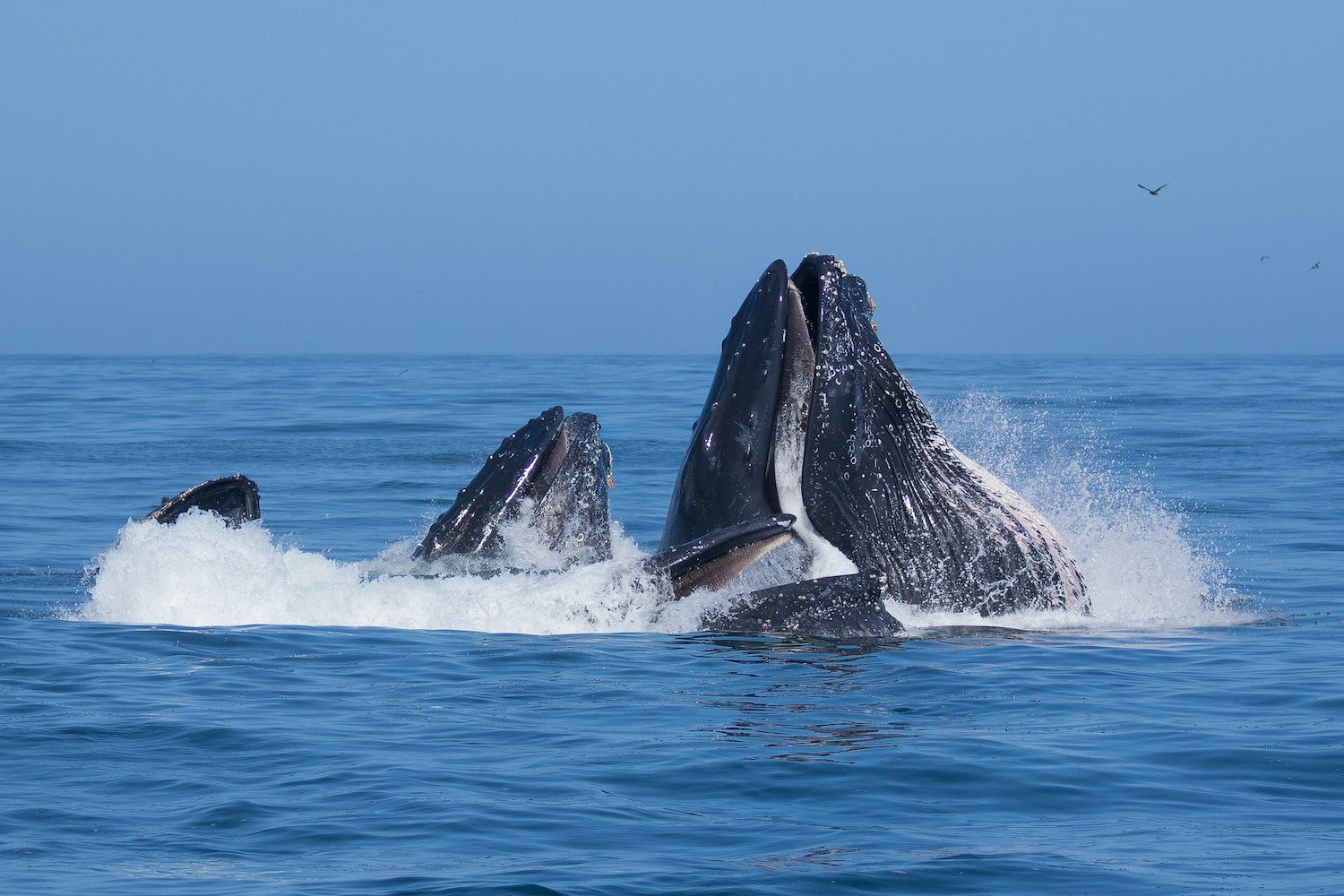Newly classified fossils indicate a distant cousin of the Tyrannosaurus Rex once roamed what is now Central Asia, an area that hasn’t previously produced evidence of being home to carnivorous dinosaurs.
The newly named dino, which has been dubbed Alpkarakush kyrgyzicus, belonged to the metriacanthosaurids family, a subset of theropods, which were characterized by hollow bones, three toes, and claws on each limb. That makes Alpkarakush a distant relative of the T. Rex. (The name Alpkarakush is a reference to a Kyrgyz epic, in which a bird with that name helps the heroes at critical moments).
Theropod fossils have been found in North America, southwestern Europe, India, Africa, China, and other places, but never in Central Asia. In fact, until now, no large predators from the Jurassic period had been found in the region. But excavations in Kyrgyzstan between 2006 and 2023 turned up several fossils, including skull bones, dorsal and pelvis vertebrae, parts of shoulders and forelimbs, hind limbs and a pelvis, that belonged to a single specimen. That animal had likely been over 26 feet (eight meters) long and was at least 17 years old when it died. Remains of a second, smaller, animal, that was likely a juvenile from the same species, were also found.
The pair were notable for an odd feature: a protruding “eyebrow” on the postorbital facial bone, which could mean the creature had a facial horn.
In a paper published in the Zoological Journal, a team of researchers from German institutions and the National Academy of Sciences of Kyrgyz Republic concluded the fossils belonged to a previously unidentified species that had lived around 165 million years ago.
“Although the affiliation of Alpkarakush with the metriacanthosaurids is not necessarily a surprise, this discovery closes a huge gap in our knowledge of the Jurassic theropods,” said Oliver Rahut, a professor at Munich’s Bavarian State Collection of Palaeontology and Geology who worked on the study, in a press release. “It leads us to important new insights into the evolution and biogeography of these animals.”
In the paper, the researchers note that there are still large questions about the history of theropods and how they evolved. They expressed hope that further research in Central Asia could turn up even more fossils that could fill in the gaps and lead to a better understanding of these ancient, gigantic creatures.











Leave a Reply